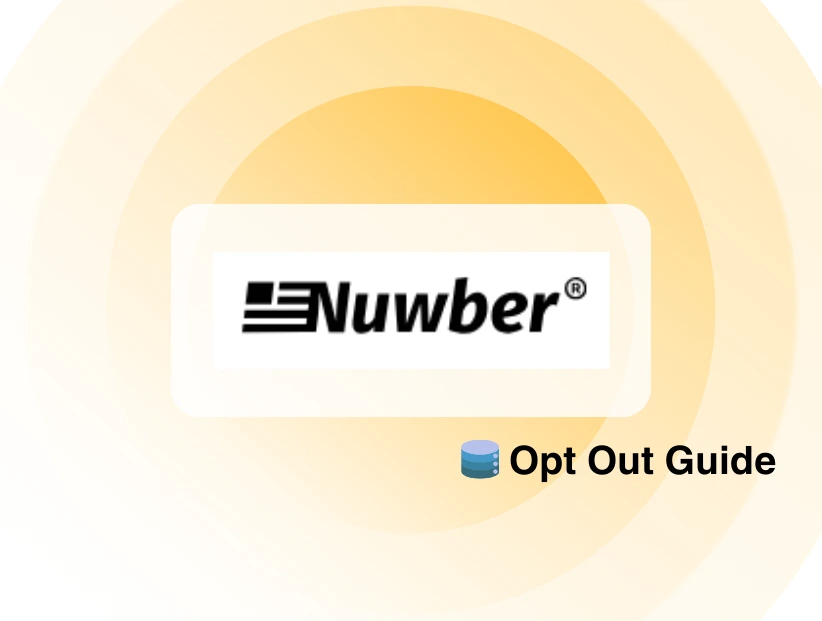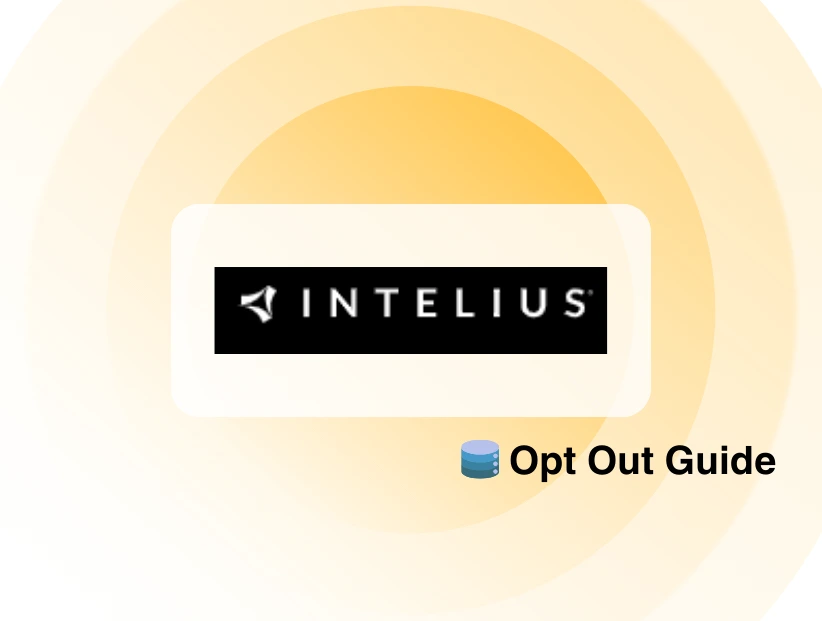Data breaches are not just technical glitches; they are headline-making events that go across industries, economies, and even nations. From sophisticated breaches to large-scale ransomware attacks, these incidents have reshaped how we think about online security and the importance of data.
The blog discusses the biggest data breaches in history that made headlines, but also taught us the importance of keeping our data safe.
Discover if Your Most Critical Identifiers Have Been Exposed on the Dark Web
Receive timely alerts and actionable insights with PurePrivacy's Dark Web Monitoring.
The Most Popular Data Breaches in the World
Every data breaches is either made to steal your data, get financial gains, or defame organisations or nations. Whatever the motive is, the consequences multiply even after years. Some of the biggest data breaches in history are:
1. Uber (2022)
- Targeted Audience: Internal employees and IT admins
- Impact: Internal Slack, source code, and financial dashboards accessed
- Damage: Operational disruption and reputational embarrassment
- Method Used: Social engineering (MFA fatigue + hardcoded credentials)
2. Medibank (2022)
- Targeted Audience: Healthcare consumers (9.7 million Australians)
- Impact: Medical, mental health, and personal data exposed
- Damage: $35M+ financial loss; national cybersecurity overhaul
- Method Used: Credential compromise and extortion (ransomware)
3. LastPass (2022)
- Targeted Audience: 33M+ password management users globally
- Impact: Encrypted vaults and customer metadata exfiltrated
- Damage: Massive reputational damage; forced password rotations
- Method Used: Developer credential compromise + cloud backup theft
4. MOVEit (2023)
- Targeted Audience: Corporations using file transfer software (2,500+ orgs)
- Impact: Global data breach across supply chains and government agencies
- Damage: Extensive data theft; regulatory scrutiny worldwide
- Method Used: Zero-day exploit in MOVEit Transfer software
5. 23andMe (2023)
- Targeted Audience: Genetic testing customers (~7 million profiles)
- Impact: Genetic and personal data exposed in racially sorted leaks
- Damage: Legal action; severe privacy backlash
- Method Used: Credential stuffing using previously leaked passwords
6. T-Mobile (2023)
- Targeted Audience: 37 million US telecom subscribers
- Impact: Personal data (name, contact info, DOB) exposed
- Damage: Regulatory penalties; damaged consumer trust
- Method Used: API misconfiguration exploitation
7. Capita (2023)
- Targeted Audience: UK government agencies and public service users
- Impact: Critical systems (pensions, housing) disrupted
- Damage: £20M+ in recovery; leaked sensitive records
- Method Used: Ransomware attack (Black Basta group)
8. Western Digital (2023)
- Targeted Audience: MyCloud users and corporate stakeholders
- Impact: Cloud services offline for 10+ days; 10TB data stolen
- Damage: Business interruption; extortion attempts
- Method Used: Data exfiltration and ransom demand
9. Change Healthcare (2024)
- Targeted Audience: US healthcare providers and patients
- Impact: Prescription and insurance processing halted
- Damage: $22M ransom paid; national healthcare disruption
- Method Used: Ransomware (BlackCat/ALPHV group)
10. Microsoft (2024)
- Targeted Audience: US federal agencies and Microsoft executives
- Impact: Executive mailboxes and sensitive correspondence accessed
- Damage: Federal reviews; reputational erosion
- Method Used: Password spraying + OAuth abuse (espionage by APT29)
11. Cencora (2024)
- Targeted Audience: Pharmaceutical supply chain stakeholders
- Impact: Distribution chain data potentially compromised
- Damage: Regulatory investigations underway
- Method Used: Unauthorized network access (details undisclosed)
12. Sony PlayStation Network (2011)
- Targeted Audience: 77M gaming accounts
- Impact: Personally identifiable information (PII) stolen
- Damage: $171M+ in direct costs; 23-day outage
- Method Used: SQL injection
13. Saudi Aramco (2012)
- Targeted Audience: Energy sector (30,000 workstations)
- Impact: Systems wiped; oil production isolated from the internet
- Damage: Disrupted operations; highlighted cyberwarfare risk
- Method Used: Shamoon malware (wiper)
14. Target (2013)
- Targeted Audience: 110M US retail customers
- Impact: Payment card and personal data stolen
- Damage: $292M in damages; CEO resignation
- Method Used: Third-party vendor breach (HVAC vendor)
15. Yahoo (2014)
- Targeted Audience: 500M+ email users
- Impact: Names, emails, and passwords exposed
- Damage: $350M reduction in acquisition price (Verizon deal)
- Method Used: Credential compromise + forged cookies
16. U.S. Office of Personnel Management (2015)
- Targeted Audience: 21.5M U.S. federal employees
- Impact: Security clearance, biometric data stolen
- Damage: National security concerns; diplomatic tensions
- Method Used: Chinese APT spear phishing and malware
17. Dyn DDoS (2016)
- Targeted Audience: Internet infrastructure (DNS services)
- Impact: Major websites (Twitter, Netflix, Reddit) taken offline
- Damage: $110M in business losses (estimated)
- Method Used: Mirai botnet using IoT devices
18. WannaCry (2017)
- Targeted Audience: Global healthcare, telecom, and transport sectors
- Impact: 300,000 computers in 150 countries encrypted
- Damage: $4B global damages
- Method Used: Ransomware using EternalBlue exploit (NSA-leaked)
19. Marriott (2018)
- Targeted Audience: 500M hotel guests worldwide
- Impact: PII and passport numbers exposed
- Damage: $124M GDPR fine; class-action lawsuits
- Method Used: Long-term network compromise (4 years undetected)
20. Capital One (2019)
- Targeted Audience: 100M U.S. and Canadian customers
- Impact: Credit applications and SSNs exposed
- Damage: $80M regulatory fine; class actions
- Method Used: AWS misconfiguration exploited by insiders
21. SolarWinds (2020)
- Targeted Audience: US government agencies and Fortune 500 firms
- Impact: Software supply chain compromised (18,000 clients)
- Damage: Estimated $100B+ in remediation and losses
- Method Used: Supply chain attack (SUNBURST backdoor)
22. Colonial Pipeline (2021)
- Targeted Audience: US energy infrastructure
- Impact: Fuel distribution halted; gasoline shortages
- Damage: $4.4M ransom paid; national emergency declaration
- Method Used: DarkSide ransomware
What Happens to the Data Leaked in a Cyber Attack?
When sensitive data is leaked during a cyberattack, the stolen information enters underground ecosystems or the dark web, where it is monetized, weaponized, or used in ways that can have long-term effects.
Attackers extract the data from compromised systems and move it to attacker-controlled servers or cloud stations. The stolen data is then reviewed for value, such as financial records, credentials, intellectual property, or PII (Personally Identifiable Information), which are prioritized.
If it is a ransomware attack, threat actors demand payment to prevent the public release of stolen data. Data proof packs are shared with victims to validate the breach, usually via dark web forums.
Your credit card numbers, medical records, and account logins are sold on dark web markets or closed Telegram groups. Other threat actors purchase the data for secondary crimes, such as identity theft, business email compromise (BEC), or credential stuffing attacks.
One of the most worrying things is that the leaked data can be used in criminal databases for years, leading to future spear-phishing campaigns, scams, or account takeovers.
How Can I Prevent My Data From Ending Up on the Dark Web?
Even if you’ve never been a part of a data breaches, your personal information is still vulnerable to threats such as data leaks, tracking, intrusive advertising, and even extortion.
To mitigate this risk, PurePrivacy Dark Web Monitoring continuously scans for exposed identifiers linked to your identity. By alerting you to leaks early, PurePrivacy allows you to take timely action and secure your data before it falls into the wrong hands.
How to Enable Dark Web Monitoring on PurePrivacy?
- Sign up for PureMax.
- Download and install the PurePrivacy app.
- Log in to your account and click on Dark Web Monitoring.
- Select Add Assets to Monitor.
- Add your email address, phone number, passport number, credit card number, and SSN/NIN.
- Mention the code sent to your registered number, and you’re done.
7. Take the recommended steps if your data is part of a breach.
8. You can also mark breaches as resolved.
Frequently Asked Questions (FAQs)
-
What is 90% of cyber attacks?

Roughly 90% of cyberattacks are linked to some form of human error or social engineering and not to a zero-day exploit. Therefore, it is important to stay aware of the tricks cyber intruders use.
-
How to know if my data was leaked in a data breaches?

There are a few practical ways to check if your data was exposed:
Public breach notification
Dark web monitoring tools
Unusual account activity
Credential stuffing attack -
How to know if my data was leaked in a data breaches?

There are a few practical ways to check if your data was exposed:
Public breach notification
Dark web monitoring tools
Unusual account activity
Credential stuffing attack
Wrap Up
Your data never disappears after it is compromised in a data breaches. Instead, it enters a long-term, criminal economy. Even years after a breach, exposed information can be used on the dark web for various malicious intents. Stay safe and monitor your data with PurePrivacy dark web monitor.




